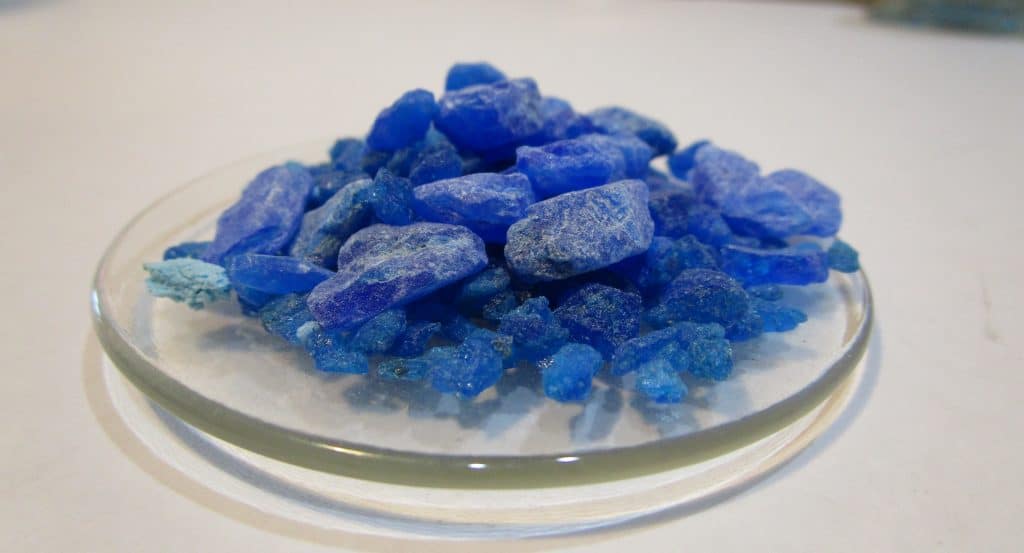Editor’s note: This post has been updated and broken links removed. Please see our policy on broken hyperlinks for more.
Copper sulphate (also spelt copper sulfate) is a common household chemical used for getting rid of algae in ponds and a fungicide for the garden and patio. It’s so much more than that from health to industry, copper sulphate has had a full history and multiple uses. And today a small amount can go from the pesticide bag and be used in a few home science labs.
Let’s just dive in.
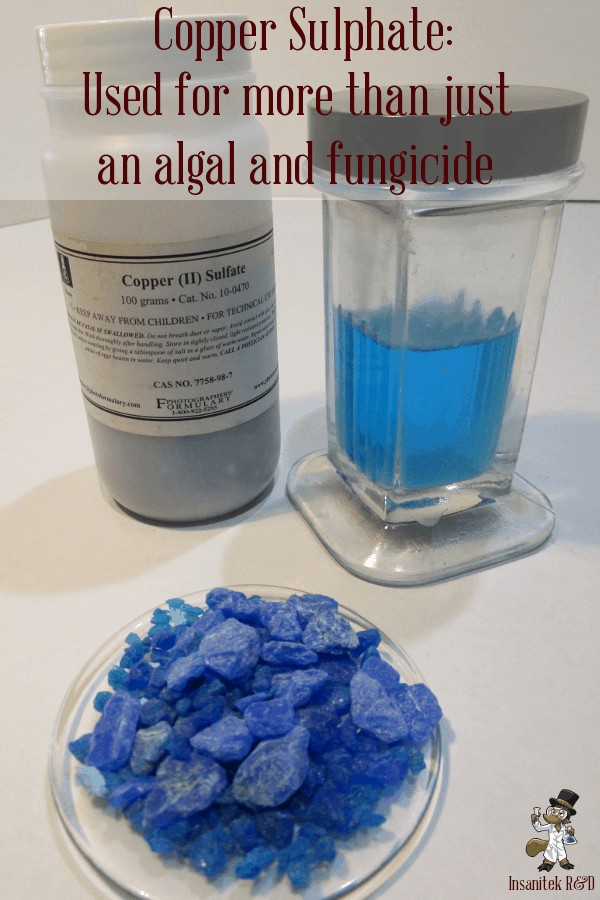 Copper Sulphate in Agriculture
Copper Sulphate in Agriculture
Copper sulphate is a way to get rid of fungus and algae naturally. Copper is a naturally occurring, essential mineral that can be found in the environment, foods, and water. Copper sulphate is an inorganic compound that combines sulphur, another naturally occurring mineral, with copper. While Copper is an essential mineral, too much of it can be toxic. That’s how this compound can kill bacteria, algae, roots, plants, snails, and fungi.
The toxicity of copper sulfate depends on the copper content. Copper in copper sulfate binds to proteins in fungi and algae. This damages the cells causing them to leak and die. In snails, copper disrupts the normal function of the skin cells and enzymes. Copper sulfate has been registered for use in pesticide products in the United States since 1956 .
Copper sulphate is used in organic farming, but the it accumulates in the environment and is more toxic than glycophosphate, a pesticide used in non-organic farming . Copper is be taken up by plants as it is an essential mineral they need. Too much copper, though, and it will inhibit the photosynthesis, killing the plant. Just before this point, though, it bioaccumulates in the plant — including parts that we eat. This could, in turn, lead to copper toxicity in us.
Sulphur is also an essential macronutrient for plants, so copper sulphate is not truly bad for plants. It kills the things that kills the plants, while also getting minerals and macronutrients it needs. However, it can accumulate in the soil, and too much of a good thing turns toxic. Excessive copper means higher toxicity from run-off into the surrounding water and lands , causing toxic build up in all the wrong places.
Copper Sulphate in Health
But, copper sulphate isn’t just for agriculture. It can also be used in a medicinal way. Copper sulphate is used to treat a copper deficiency in humans, as well as an astringent at 0.25% for eye infections . It is used to help treat “proud flesh” in horses, as well . Disabled World put together a rather fascinating list of old home remedies that used to be used before medicine really took off — think the stuff your grandparents were likely given as children style remedies. According to the notes they collected, copper sulphate went by the name bluestone, and it was used for removing warts, toothaches, athlete’s foot (called tinea), and canker sores .
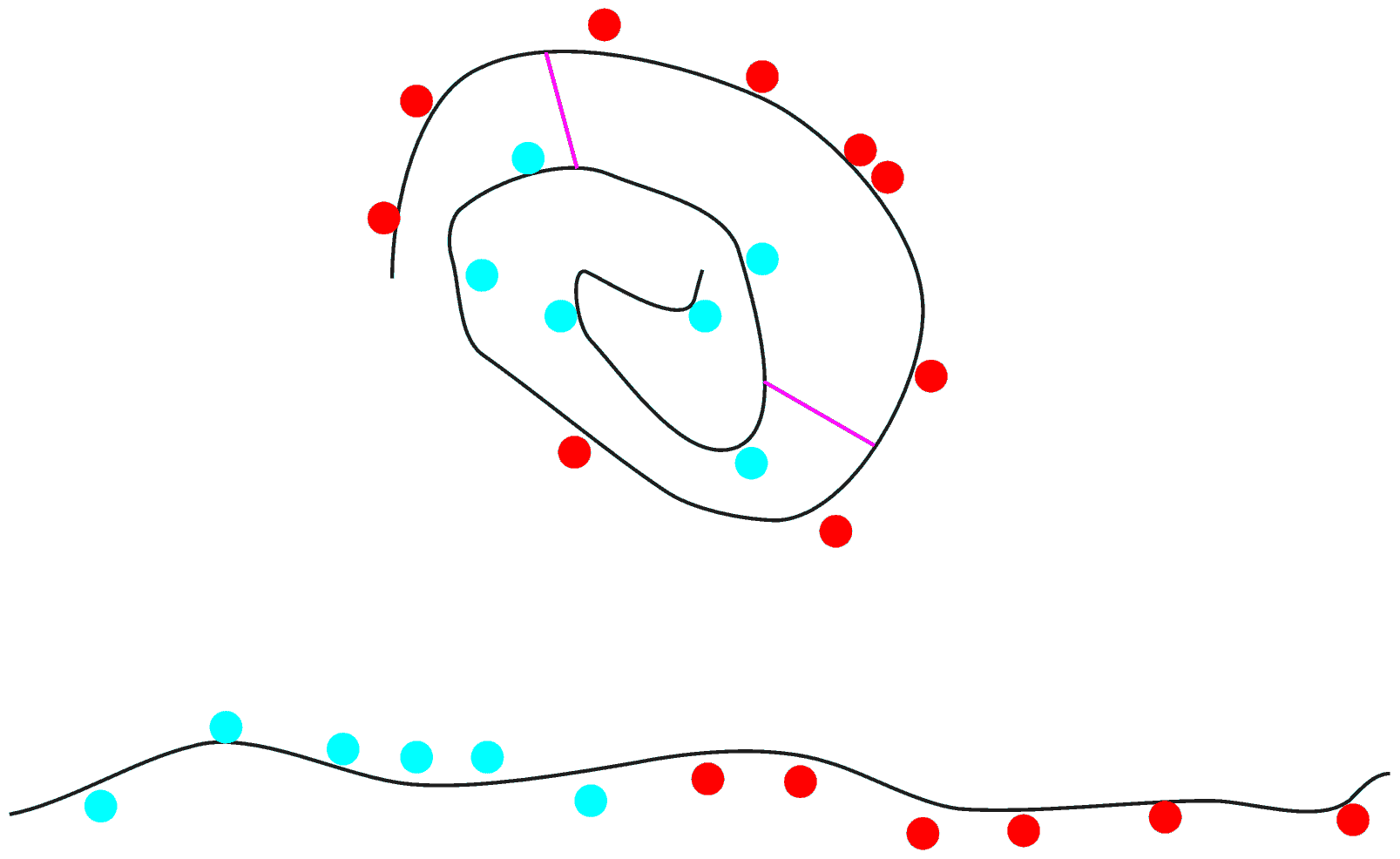
While most of these remedies are a thing of the past, it is still used as a styptic powder (to stop bleeding) in the veterinary sciences. Styptic powders work because of a reaction between copper ions and a component of the blood called albumin. Albumin are proteins — the little globular shapes along the blood molecule. They make the blood water soluble as they are on the outside of the drop of blood. The other part of the protein is hydrophobic, and they are curled up on the inside of the molecule. The copper ion destroys this structure uncurling the molecule, and rendering it insoluable. The albumin precipitates from the blood, which has the effect of making the blood coagulate. (Yes, this is the same reason why using a copper bowl when whipping meringue you’ll get better meringue that holds it’s shape better.)
Remember, though, too much of a good thing is TOXIC. Don’t use this as a home remedy without careful study alongside a medical professional — copper can mix with other medications and environmental factors in ways we don’t always anticipate.
Copper sulphate doesn’t stop at health and gardening, though. It’s also used in art with electroplating, etching zinc plates for intaglio printing, dying fabrics and leathers while colouring glass, cement, plaster, ceramics, and metals. You can even find this as one of the crystal growth arts in most student kits.
Copper Sulphate in Industry
There are many various uses for copper and copper sulphate in a wide variety of industries. Yes, most lists include healthcare and agriculture as industry as they should be, but there are are far more uses for copper sulphate. According to the Copper Alliance in the UK, copper sulphate has found a few industrial uses you might not have thought of:
-
- The synthetic fibre industry has found an application for it in the production of their raw material
- The metal industry uses large quantities of copper sulphate as an electrolyte in copper refining, for copper coating steel wire prior to wire drawing and in various copper plating processes
- The mining industry employs it as an activator in the concentration by froth flotation of lead, zinc, cobalt and gold ores
- The printing trade takes it as an electrolyte in the production of electrotype and as an etching agent for process engraving
- The paint industry uses it in anti-fouling paints and it plays a part in the colouring of glass.
Copper Sulphate in a Home Science Lab
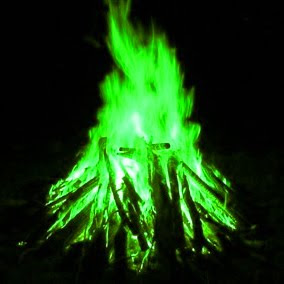 Nearly all store-bought labs for crystal building have copper sulphate as a crystal. They make a brilliant blue that is very pretty and desirable. And, clearly you could use it afterwards by creating a solution to kill algae in your pond or fungus in your plants.
Nearly all store-bought labs for crystal building have copper sulphate as a crystal. They make a brilliant blue that is very pretty and desirable. And, clearly you could use it afterwards by creating a solution to kill algae in your pond or fungus in your plants.
But, it can also be used in flame spectroscopy and to create a hidden message. While you could soak a log in copper sulphate like the folks behind Dangerous Leanings did, it’s far less dangerous to your health and living arrangements if you simply dip a cotton swab into the copper sulphate solution, then hold it over a tea light candle.
To make a solution of copper sulphate by dissolving the crystals in water. A half teaspoon of crystals for about 10mL of water will get you there. You should make it a super saturated solution — dissolving so many crystals in the water that not all of them can be dissolved for best results. so adjust the ratio as needed.
When you light the cotton swab, just make sure it’s in a dark room so you can see the pretty green it shows you. If you have a spectrometer, look through it to see what colours lie underneath the brilliant green.
After you observe the flame, you can draw on a piece of paper to create an invisible message. It will be slightly blue, so it would be completely invisible on a light blue paper. The message would be revealed with a dry mix of ammonium chloride and calcium hydroxide in a 1:1 ratio. You would put this mix into a tin pan, then hold the message over the top. The fumes from the ammonium chloride and hydroxide will bring out a brilliant blue message.
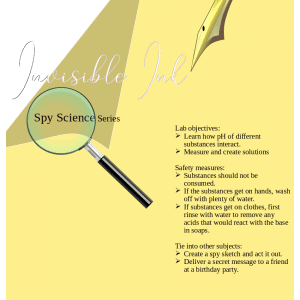 And get more free resources from our library while you’re at it.
And get more free resources from our library while you’re at it.
Drop your email below to get the depth of learning checklist we use AND a few suggestions on how to focus activities for levels of learning.
Bibliography:
